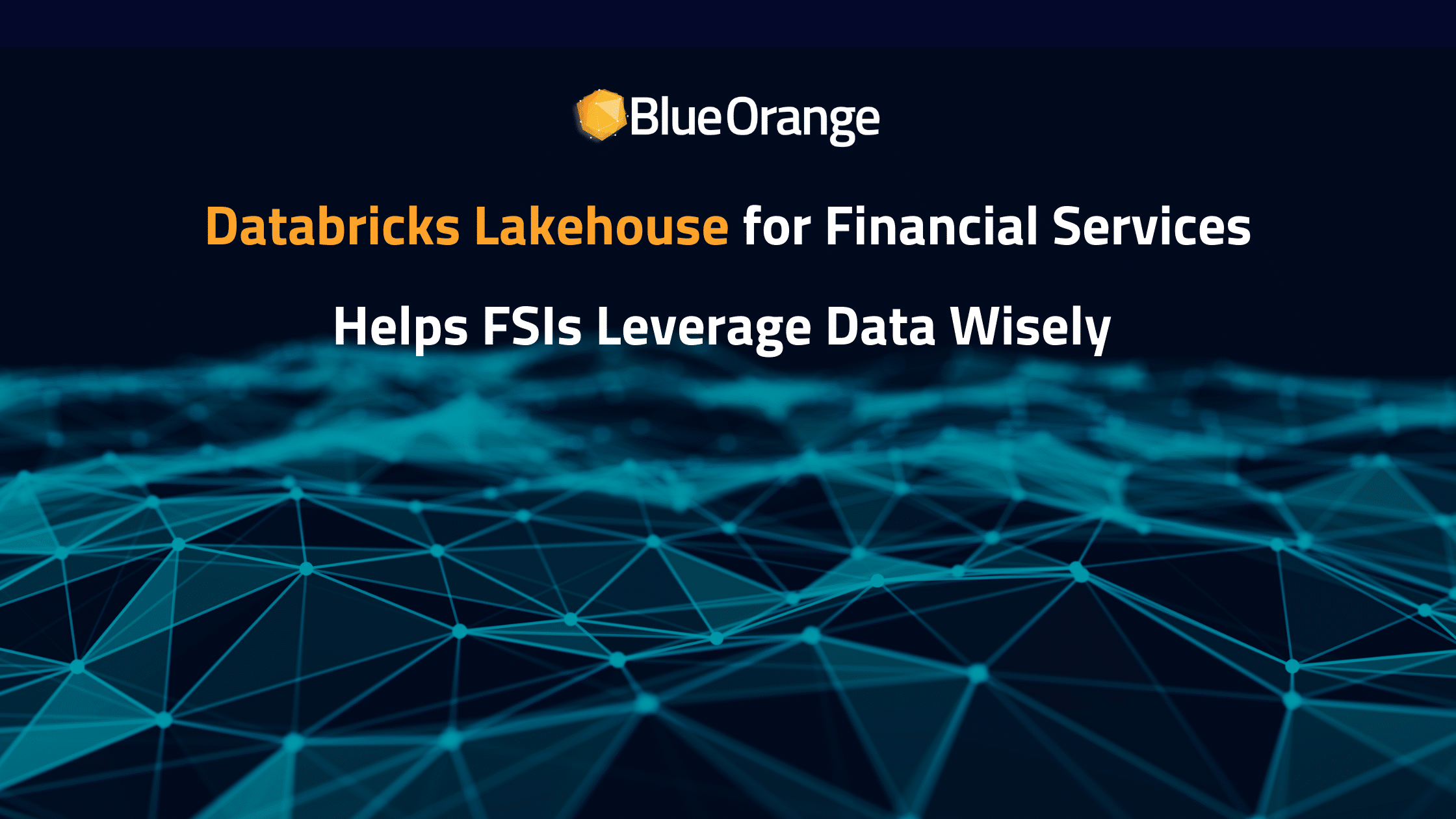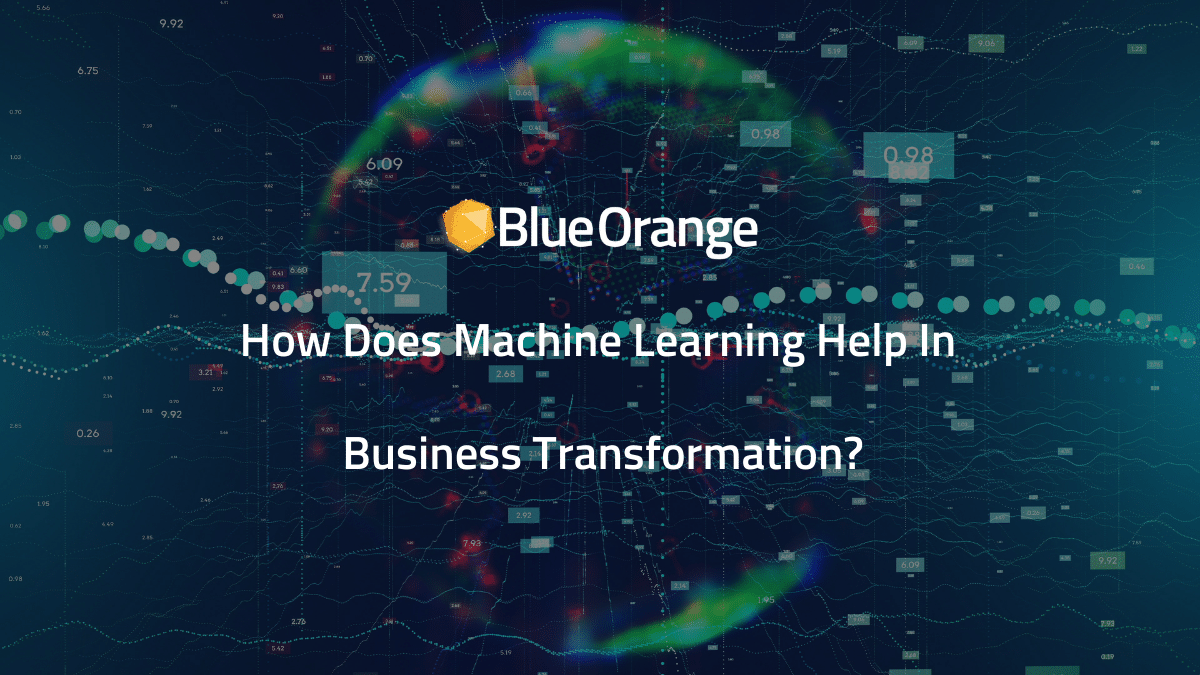-
Machine Learning brings unlimited innovative opportunities to work with data. Whether planning to build the next revolutionary virtual assistant or social media network, you’ll always work with data in transformative ways. However, the complex environment of ML technology requires a solid infrastructure, multiple software packages, and specialized engineers who can build and maintain it.
For a minute, imagine if this was accessible to a broader range of data professionals with less constraints. Considering the high number of those who have knowledge of SQL, this can now become a reality. Analysts can seamlessly build and deploy ML models by using SQL from end to end. What are the implications?
- Scoring a large number of datasets and building models without using Python, Scala, or another language.
- No need for infrastructure provision and management in a public cloud or on-prem.
- Avoiding costs of additional software packages (PyTorch, TensorFlow, MXNet, etc.).
The foremost result is a reduction in expenses and inefficiency. Organizations can implement Machine Learning models for predicting and revealing patterns that lead towards more revenue. Gone are the days when ML models were built and deployed solely by data scientists and ML programmers!
Instead, analysts who have a strong background in SQL and business can implement machine learning in more areas of your organization. The recent integration between Snowflake and Amazon SageMaker Autopilot makes this achievable. This integration pairs up the machine learning capabilities of Amazon SageMaker Autopilot with Snowflake’s predictive analytics and processing power. All in just a few lines of SQL code.
SQL is receiving attention lately, and we saw this while uncovering how Babelfish works. Using SQL from inside Snowflake, engineers can create and deploy ML models easily which is an amazing functionality that is available in public preview as an integration from AWS, and known also for being part of the AI for Data Analytics (AIDA) initiative. For a clear understanding of this integration, let’s dive into what Snowflake and Amazon Sagemaker are.
What is Snowflake & Amazon Sagemaker Autopilot?
Snowflake is turning into a widely known data warehouse to base data analytics stacks of different industries. It allows a seamless connection with BI and data analytics tools or other types of cloud services. Compared to other data warehouses, Snowflake offers more flexibility and faster processing. It is separated from your computer storage and runs entirely on cloud storage instead of relying on existing technologies or “big data” software platforms.
Snowflake scales in a flexible manner both up and down, while preserving all of its features. Perfect for optimal performance while keeping a low overhead. Through Snowflake, you can build a home for data on the cloud for more efficient access to it while building ML models. Spend time on data strategy rather than being concerned about the maintenance of your cloud architecture.
On the other hand, Amazon Sagemaker assists in the training and deployment of ML models on AWS. It feeds predictions with data by sending HTTP requests with the data that requires prediction. As one of the first MLaaS (Machine Learning as a Service) systems, it supports end-to-end Machine Learning workflows.
Released in 2017, Sagemaker has surpassed basic functionalities, turning into a more complex cloud infrastructure. Data scientists, researchers, and engineers can utilize its fully managed cloud infrastructure for the training and deployment of ML models by benefiting from its time-saving integrated environment.
Recently, another feature known as Amazon SageMaker Autopilot was added. The feature utilizes tabular data for training your ML model while portraying the process with full transparency. It allows users to specify the target column with data and then leave the process to run automatically.
Source New Possibilities with Amazon Sagemaker Autopilot and Snowflake
Torsten Grabs, Director of Product Management at Snowflake, pointed out the opportunities that this integration between Amazon Sagemaker Autopilot and Snowflake turns data into reliable ML-powered insights that serve not only existing data science teams, but can be utilized for future use as well.
Automation remains critical. If organizations automate the process of deploying and training machine learning models, costs are lowered and models can be produced more efficiently. Subjected to latency constraints and model sizes, data scientists test multiple ML models for IoT or ad-serving applications. Amazon Sagemaker Autopilot requires no knowledge of machine learning to build regression and classification models, which simplifies and shortens the process of finding the ideal solution.
Snowflake works immaculately to store a rich range of tabular data sets. The integration with Amazon Snowflake Autopilot allows users to make use of its different algorithms and data preprocessors to scour through data columns and find an optimal model.
In a Nutshell
The integration between Snowflake and Amazon Sagemaker Autopilot lays the power of machine learning models in hands of more data professionals, including data analysts and other SQL users. Classification and regression algorithms find use in multiple marketing cases such as:
- Customer life value prediction
- Sales and price prediction
- Predictive maintenance
- Customer churn prediction, etc.
Blue Orange Digital has partnered up with Snowflake, and is also an AWS certified partner capable of helping organizations build and deploy predictive and customized machine models. Experienced in working with data transformation, predictive analytics, and data vizualization, we help implement large-scale solutions. Reach out to our team and have a chat for more.

Build and Deploy ML Models Through SQL with Amazon Sagemaker Autopilot and Snowflake
Posted On:
May 26, 2022
May 26, 2022









